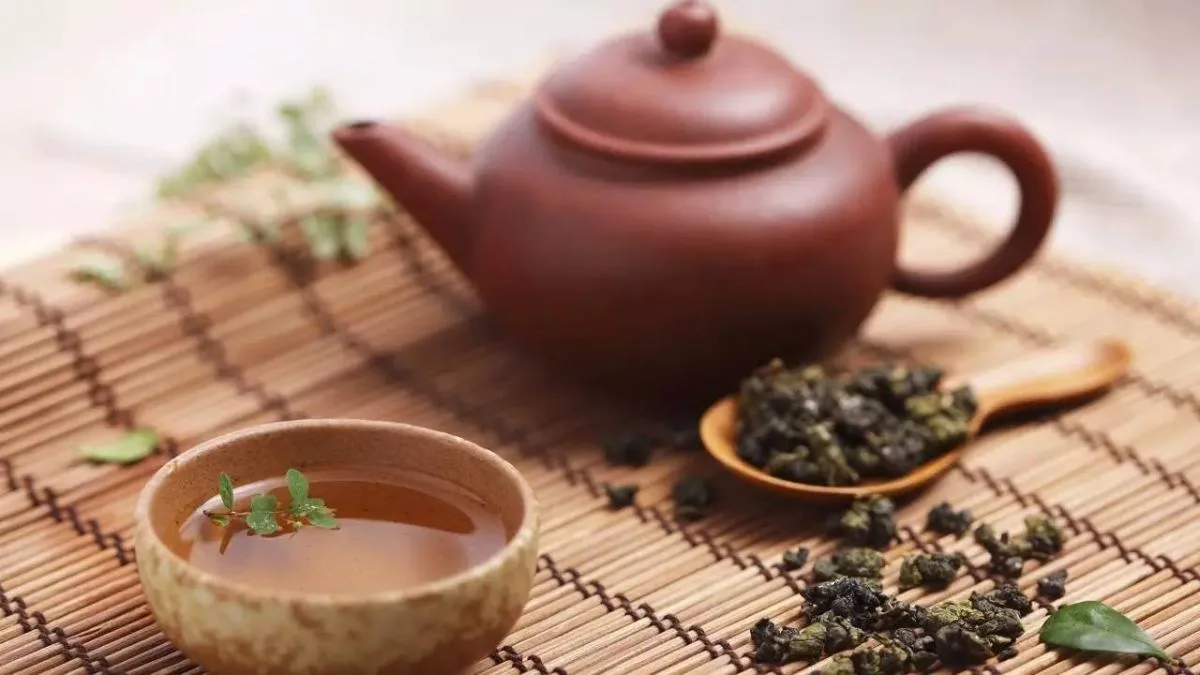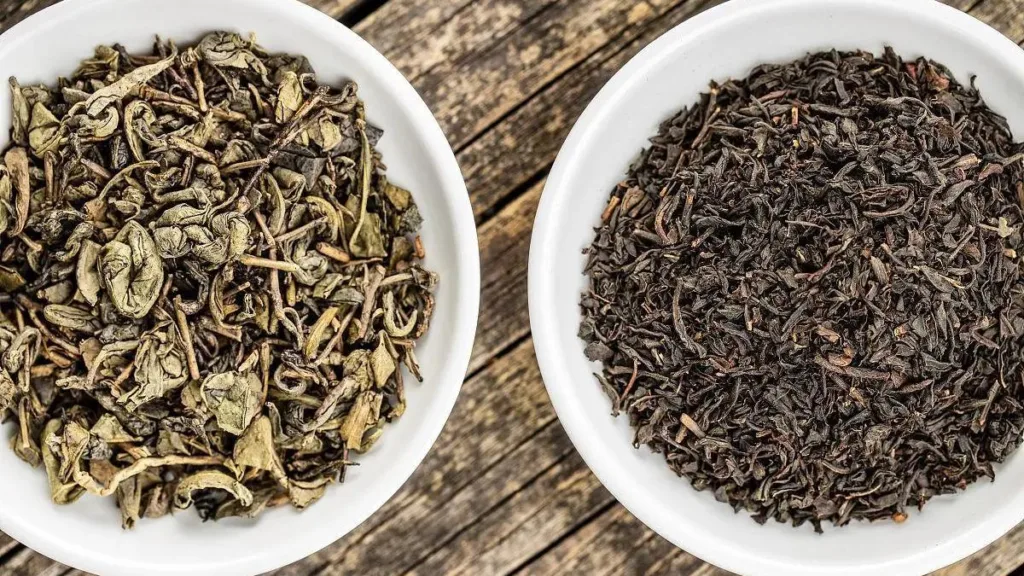Tea holds a revered place in Chinese culture, and the quality of tea served in restaurants reflects a nuanced grading system. Understanding the standards and varieties of Chinese tea offered in eateries provides insight into the rich tapestry of tea culture. This exploration will delve into the grading standards, the significance behind them, and the specific types of tea commonly served.
Grading Standards of Chinese Tea:
- Hierarchy of Grades: Chinese teas are generally classified into five grades: Special Grade, Grade 1, Grade 2, Grade 3, and Grade 4. Each grade represents a level of quality, with Special Grade being the highest. This hierarchical system helps categorize teas based on factors such as freshness, appearance, and overall quality.
- Classification Within Tea Types: Teas of the same category are further classified based on their freshness. The grading system assigns numerical values, with lower numbers indicating higher quality. For instance, green teas like pan-fired and oven-dried teas are often divided into six grades, each with two sub-grades. This meticulous classification aids in distinguishing the quality of teas within the same type.
- Specialized Tea Categories: Certain teas, such as eyebrow tea (眉茶), also undergo grading. Special treasures (特珍) and precious eyebrows (珍眉) are examples of how these categories are further divided. For export purposes, codes are often used to denote the grade and type of tea, streamlining the ordering process.
Understanding the Significance of Tea Grading Standards:
- Seasonal Differentiation: Tea grading takes into account the season of harvest. Spring tea, picked from mid-March to mid-May, is highly prized for its tenderness. Summer, autumn, and winter teas follow, each offering distinct characteristics based on the time of harvest.
- Processing Methods: The processing methods also play a crucial role in tea grading. Teas are categorized into flower tea, compressed tea, stored tea, fruit-flavored tea, medicinal and health teas, tea beverages, and powdered tea. Additionally, the degree of roasting determines whether a tea falls into the green, black, oolong, white, yellow, or dark tea category.
- National Standards: The grading of tea is subject to national standards outlined in the “Basic Conditions for Sensory Evaluation Rooms of Tea.” These standards consider the appearance, color, size, cleanliness, internal qualities, aroma, taste, richness, infusion color, and leaf base of the tea leaves. Grades range from Special Grade to Grade 9, with specific characteristics defining each grade.
Commonly Served Teas in Restaurants:
- Green Tea: Green tea is a staple in Chinese restaurants, appreciated for its refreshing taste. Varieties such as Biluochun and Longjing are commonly offered. Green tea is known for its ability to invigorate and contains abundant antioxidants.
- Black Tea: Redolent with a deep color and robust aroma, black tea is a popular choice in many restaurants. Varieties like Keemun black tea and Qimen red tea are common selections. Its full-bodied nature makes it suitable for breakfast or afternoon tea.
- Oolong Tea: Bridging the gap between green and black tea, oolong tea boasts a rounded shape and deep green color. High-mountain teas from Taiwan and Fenghuang Dancong are frequent choices in restaurants. Oolong tea combines the fragrance of green tea with the rich taste of black tea, making it an ideal post-meal beverage.
In Conclusion:
The grading standards of Chinese tea provide a comprehensive framework for understanding and appreciating the diverse world of teas served in restaurants. From the meticulous categorization based on freshness to the influence of seasonal harvests, each aspect contributes to the rich tapestry of Chinese tea culture. As patrons sip on their chosen brew in a Chinese restaurant, they are not just enjoying a beverage; they are partaking in a tradition that spans centuries, connecting them to the vast and intricate world of Chinese tea.



